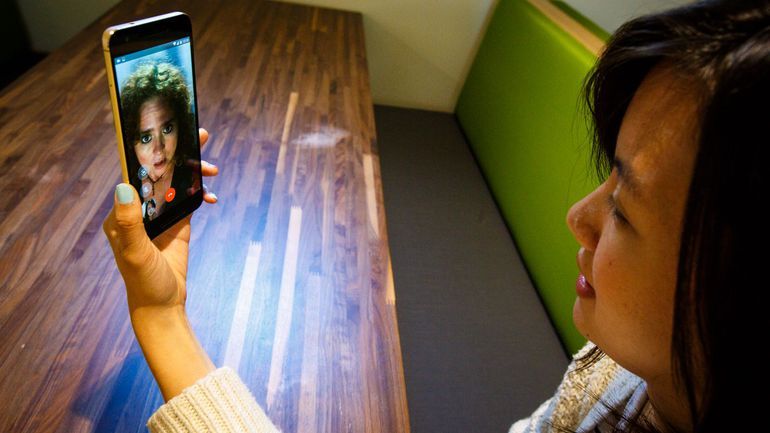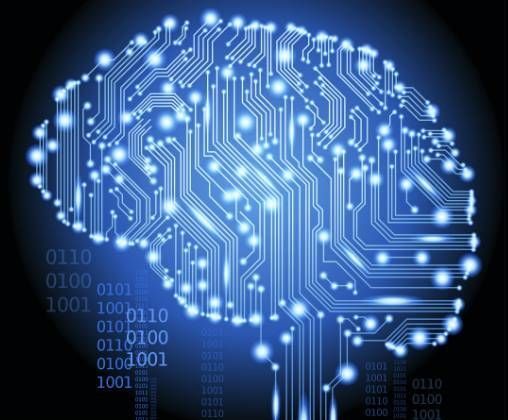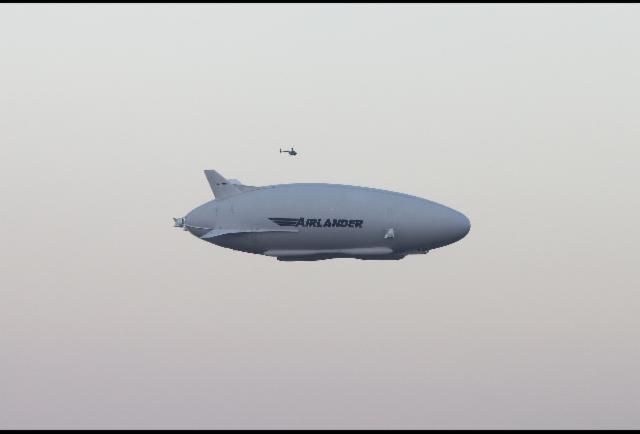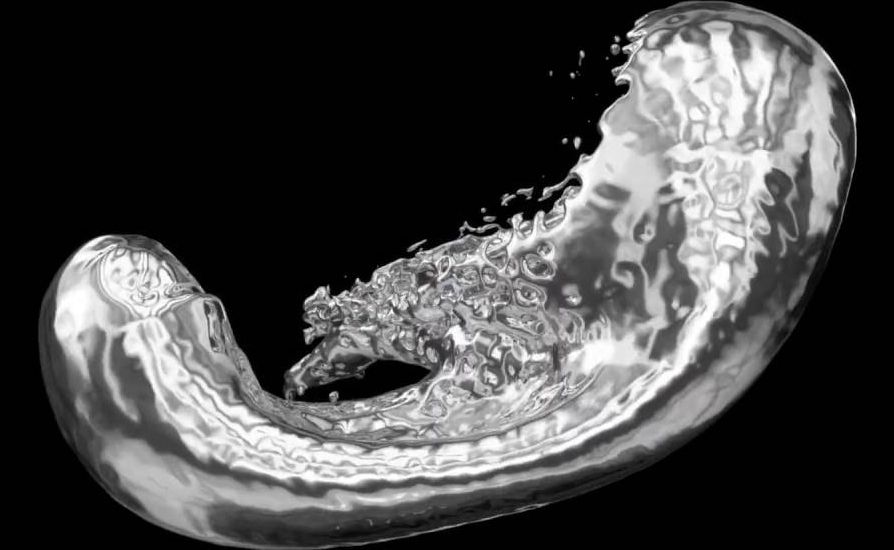Duo is Google’s answer to Apple’s FaceTime, and the company swears that the video-calling app is totally different than Hangouts.




Computadores poderão, em breve, adivinhar o que as pessoas estão pensando. Pesquisadores da Universidade de Oregon desenvolveram um sistema capaz de prever frases não ditas somente ao analisar a atividade do cérebro. Em testes a precisão em “adivinhar” os pensamentos foi de 70%.
Os pesquisadores usaram varreduras do cérebro feitas através de resson ncia magnética em 14 participantes, enquanto eles faziam a leitura silenciosa de 240 frases diferentes. Depois disso, os cientistas usaram um sistema para procurar padrões neurais associados a determinadas palavras.
Assim, eles criaram uma espécie de dicionário, conseguindo identificar através do cérebro o uso de determinadas palavras. Mais tarde, foi possível recombinar os padrões de atividade de palavras individuais para prever novas frases construídas com elas.
https://youtube.com/watch?v=6pMJc_nNcj8
Those crazy Russians are at it again.
# UFO # Alien – Russia’s Secret UFO War: The Kremlin Has Allegedly Been Fighting A War Against Giant (Video) : Two experts in Russian Ufology claim in a new book that since early in the Soviet era, there have been strange and alarming reports about Russian navy personnel encountering mysterious alien beings and underwater crafts in frozen northern waters, especially in the East Siberian Sea.
Although files and documents pertaining to the sightings and encounters were kept secret, several were leaked to researchers. The leaked documents suggest that the Russian authorities have been struggling secretly for decades with the threat of mysterious alien beings and unidentified submersible objects (USOs) — a term for underwater UFOs — lurking beneath the freezing waters of the Siberian Sea.
“The earliest mention of giant [underwater alien] beings (resembling Shteynberg’s ‘swimmers’) goes back to early 1900’s.”






Scientists have developed self-propelling liquid metals that could be used for future electronic circuits.
Current electronic technology is based on solid state components with fixed metallic tracks and semiconductors. Researchers are investigating soft circuit systems that act like live cells, communicating with each other to form new circuits when possible. In one study, Professor Kalantar-zadeh from RMIT University in Australia, along with his researchers immersed a number of different metallic elements, in the form of liquid droplets, in water.
Professor Kourosh Kalantar-zadeh said: “Putting droplets in another liquid with an ionic content can be used for breaking symmetry across them and allow them to move about freely in three dimensions. We adjusted the concentrations of acid, base and salt components in the water and investigated the effect. Simply tweaking the water’s chemistry made the liquid metal droplets move and change shape, without any need for external mechanical, electronic or optical stimulants.”